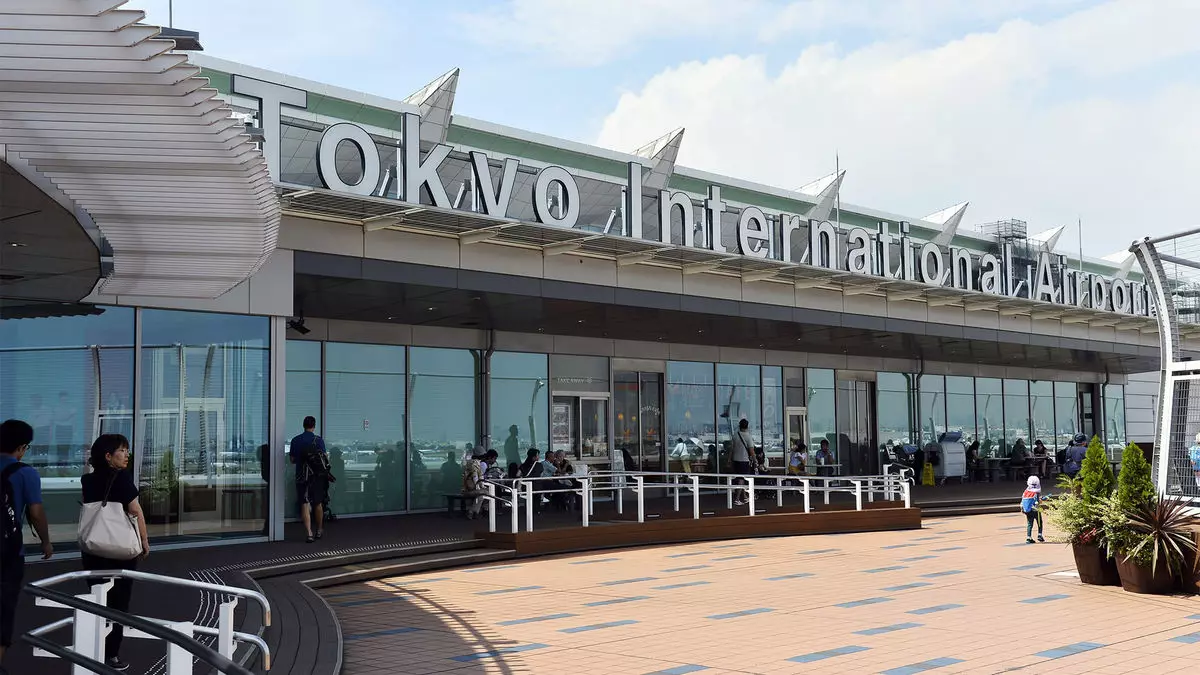The recent collision between a Japan Airlines (JAL) passenger flight and a coast guard plane at Tokyo’s Haneda Airport has raised serious concerns about the effectiveness of air traffic control protocols. The tragic incident resulted in the death of five coast guard crew members and injuries to 17 JAL passengers. A transcript released by the Transport Ministry reveals the communication between traffic control and the two aircraft leading up to the collision. This article critically examines the communication breakdown and potential negligence that contributed to the devastating accident.
The transcript of the air traffic control communication, which lasted approximately 4 minutes and 25 seconds before the crash, highlights a clear disparity in the instructions given to the two planes. The JAL Airbus A350 was given permission to land on Runway C, despite the presence of the coast guard plane preparing for takeoff. The traffic control acknowledged the departing plane to the JAL pilot, but no explicit takeoff approval was given to the coast guard plane. Instead, the controller instructed the coast guard plane to proceed to the stop line at the runway. The difference in permissions and lack of clear communication between the air traffic control and the coast guard pilot raises concerns about the effectiveness of the control system.
The collision raises questions about possible professional negligence on the part of air traffic control. A thorough investigation by the Tokyo police is underway, focusing on the debris on the runway and conducting interviews with relevant personnel. It is essential to determine how two planes ended up on the same runway simultaneously, despite having different understandings of their permission to use the runway. The initial reports suggest that the JAL flight received permission to land while the coast guard pilot claimed to have been given permission to take off. These contradictory accounts highlight the potential confusion and miscommunication within the air traffic control system.
Implications for Aircraft Safety
The fire that engulfed both aircraft poses a significant test for the durability of airplane fuselages made from carbon-composite fibers, which are used in modern planes like the JAL Airbus A350 and Boeing 787. While the fire was catastrophic, the fuselage was able to withstand the flames for a period of time, allowing the passengers to evacuate safely. Analysts believe this incident will shed light on the effectiveness of carbon-composite materials in preventing catastrophic failures. Despite the severity of the fire, passengers and aviation experts have praised the fuselage for its ability to protect the occupants and allow for a successful evacuation.
Lessons to be Learned
This tragic accident serves as a grim reminder of the importance of effective air traffic control communication and adherence to safety protocols. It is crucial for air traffic controllers to provide clear instructions to all aircraft operating in the vicinity, ensuring that multiple planes do not end up on the same runway simultaneously. This incident highlights the need for clearer communication protocols and stricter adherence to standard procedures to prevent similar accidents from occurring in the future.
The collision at Haneda Airport has exposed significant flaws in air traffic control communication and underscores the importance of continuous improvement in aviation safety protocols. The investigation into the accident will shed light on the specific shortcomings that led to this tragedy. The industry must learn from this incident and work towards implementing stronger communication channels and stricter adherence to established procedures to prevent such accidents in the future. The safety of passengers and crew members should always remain the top priority in aviation operations.


Leave a Reply